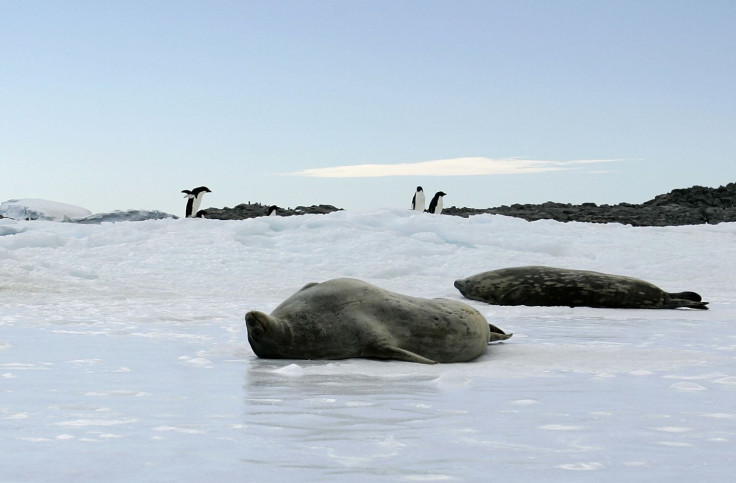Antarctica trumps Arctic on global warming; Deep and cold ocean currents seal continent from climate change effects

A study has revealed that Antarctica is far less affected by climate change than the Arctic. It has also related the reason behind the same. North Atlantic’s cold and deep ocean currents dull the effects of global warming on Antarctica and even slow down rise of sea levels.
On the contrary, the Arctic has been losing much of its ice sheets. North Atlantic’s constantly upwelling waters take such a long time to circulate that they last touched the air above in the pre-industrial era.
Researchers involved in the study, published in the journal Nature Geoscience, said that the icy insulation of the ice-covered continent may last for centuries before the ice starts to melt as in the Arctic region. Antarctica is covered by a sheath of ice up to four kilometres. This is great news for those in the low-lying areas who are constantly threatened by rising sea levels. According to the UN climate science panel, sea levels are going to rise by a metre by the end of the century.
Antarctica's Southern Ocean has been very less affected by climate change over the last half-century than oceans elsewhere. If East Antarctica were melting at the same rate like that of the Greenland ice sheet, the impact on human settlements along coastlines worldwide would be catastrophic. Ice sheet in West Antarctica is warming faster than the rest though. Still, it will take centuries for Antarctica to be of real threat to human settlements along the coastlines.
Looking at the rate ice sheets in the Arctic are melting, new studies have suggested that ocean waterline can go up more than expected, driven by expansion of surface water as it warms. On the other side, Antarctica’s massive ice sheets, the wind and ocean currents that surround the continent like a buffer zone and reflective sea ice protect Antarctica from warming. Also, a conveyer belt of deep ocean currents transporting icy water from the Arctic region holds the region together.
“With rising carbon dioxide you would expect more warming at both poles, but we only see it at one of the poles, so something else must be going on ... The Southern Ocean is unique because it’s bringing water up from several thousand metres. It’s really deep, old water that’s coming up to the surface, all around the continent. You have a lot of water coming to the surface, and that water hasn’t seen the atmosphere for hundreds of years,” said lead author Kyle Armour, a researcher at the University of Washington in Seattle.
It will take multiple centuries for the heat-trapping greenhouse gases to have an impact on the Southern Ocean. However, even slight warming affects the ice sheets as proved by the Totten Glacier, most of which sits below sea level. It is being eroded from below by sea water flowing hundreds of kilometres inland.






